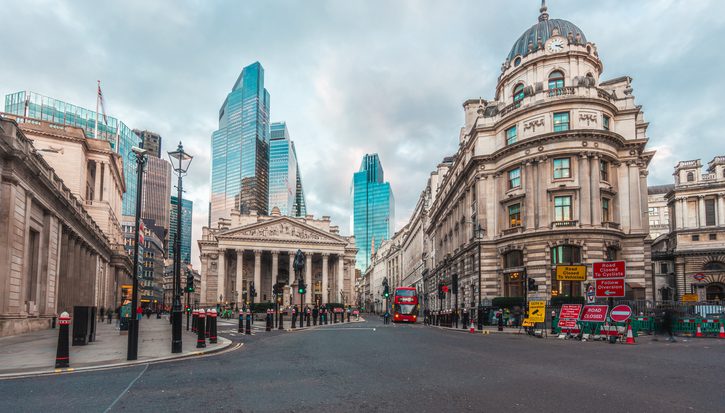Third sector trends in the north of England: A summary of key findings
Article
Introduction
The north of England has a rich and vibrant civil society. In the past, that strong civil society produced radical solutions to tackle social problems, including the establishment of co-operatives, mutual societies and trade unions. More recently, as the welfare state has found itself unable to tackle social issues alone, civil society has been strengthened by its voluntary and community organisations and social enterprises – which, taken together, are commonly referred to as the ‘third sector’. Reliance on the third sector to find and deliver social solutions is stronger than ever as the North is undergoing considerable change, in response to – and as part of – longstanding economic and cultural trends.
IPPR North is currently leading a programme of research on the future of civil society in the North. This will initiate and assemble a coherent evidence base to help inform and shape local, regional and national policymaking regarding the role of civil society in the north of England. As part of that programme of work, this report presents groundbreaking new evidence on the state of the third sector in the north of England in 2017.
About the dataset
Data was collected in 2016 by St Chad’s College, Durham University using online questionnaires across the north of England. A total of 3,594 responses were received, including 1,462 from the North West, 1,083 from Yorkshire and the Humber, and 1,012 from the North East. This represents a response rate of 12.7 per cent across the North.
This data will be analysed in depth, and a series of reports exploring key trends and relationships in detail will be published from the early summer of 2017. This report presents initial headline findings from the study from across the whole of the north of England, and explores three key areas of analysis.
The size and strength of the third sector in northern England, including:
- the contribution of the sector to the northern economy
- the range and diversity of third sector activity in the North
- the strength of relationships within the third sector, and with the public sector and business.
The financial situation of the sector, including:
- how the sector is resourced and financed
- how the financial situations of third sector organisations (TSOs) – with different characteristics and working in different areas – vary.
An examination of third sector organisations (TSOs’) expectations about and preparations for the future.
Related items

Rule of the market: How to lower UK borrowing costs
The UK is paying a premium on its borrowing costs that ‘economic fundamentals’, such as the sustainability of its public finances, cannot fully explain.
Restoring security: Understanding the effects of removing the two-child limit across the UK
The government’s decision to lift the two-child limit marks one of the most significant changes to the social security system in a decade.
Building a healthier, wealthier Britain: Launching the IPPR Centre for Health and Prosperity
Following the success of our Commission on Health and Prosperity, IPPR is excited to launch the Centre for Health and Prosperity.